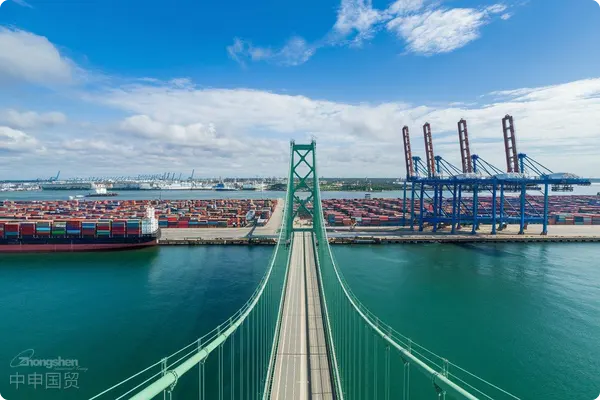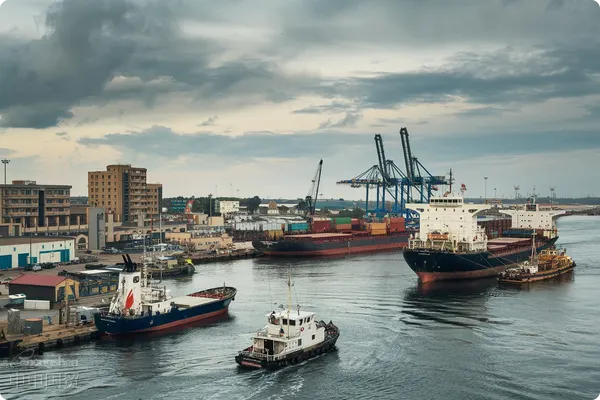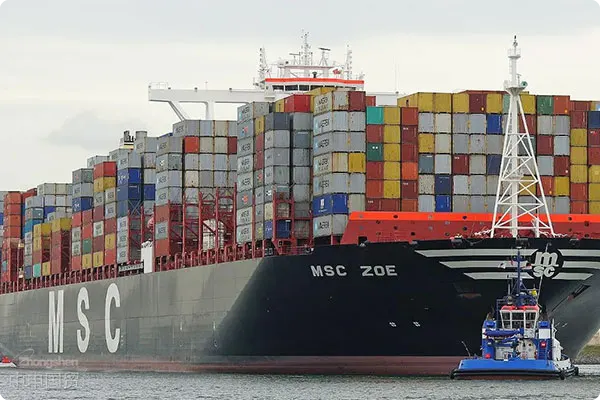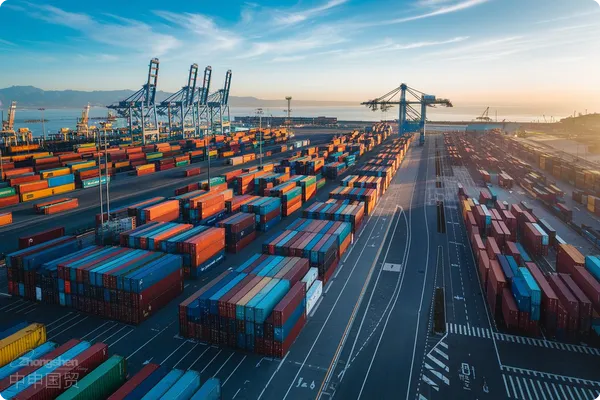- Shanghai Zhongshen International Trade Co., Ltd. - Two decades of trade agency expertise.
- Service Hotline: 139 1787 2118
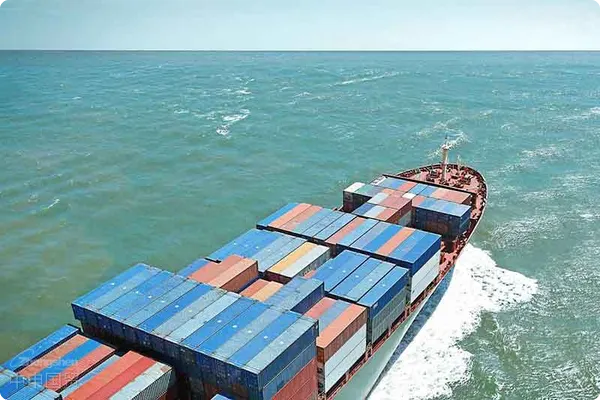
With the continuous development of international trade, shipping agents play a crucial role in export trade. This article will comprehensively analyze the export process of shipping agents, from preparation work and operational procedures to risk control, providing readers with a systematic operational guide and exploring how to optimize the export process to improve efficiency.
I. Overview of the Shipping Agent Export Process
Preparation Work
After receiving a clients export request, the shipping agent first needs to conduct market research to understand the regulatory policies and transportation costs of the destination port. At the same time, collect information about the goods to be transported, including the type, volume, and weight of the goods.
Signing of contract
After fully understanding customer requirements and shipping conditions, the shipping agent signs a transportation contract with the client, clearly defining the rights and obligations of both parties.
Cargo Shipment
As stipulated in the contract, the shipping agent is responsible for arranging cargo shipment. This includes communication and coordination with cargo owners, shipping companies, ports, and other relevant parties to ensure timely and safe loading of goods.
Shipping Tracking
After cargo is loaded onto the vessel, the shipping agent tracks the transportation process and provides timely updates to the client, ensuring safe arrival at the destination.
5. Customs clearance of goods
Upon arrival at the destination, the shipping agent assists the client with customs clearance procedures to ensure smooth customs processing.
Delivery of Goods
After customs clearance, the shipping agent delivers the goods to the client and completes relevant formalities.
II. Optimization of Shipping Agent Export Process
Enhancing Information Technology
Utilize modern information technologies such as GPS tracking and the internet for real-time cargo monitoring to improve transportation efficiency.
Strengthening Communication and Collaboration with Relevant Parties
Establish effective communication mechanisms with cargo owners, shipping companies, ports, and other stakeholders to ensure smooth information flow and enhance overall operational efficiency.
Establishing a Risk Assessment System
Conduct risk assessments on export processes to identify potential issues early and develop countermeasures to mitigate risks.
Improving Service Quality
Focus on customer needs, provide personalized services, and enhance customer satisfaction.
Conclusion
The shipping agent export process is complex and involves multiple stages. By optimizing processes, enhancing IT capabilities, improving communication, and establishing risk assessment systems, shipping agents can better serve clients and improve export trade efficiency. With the continuous development of international trade, the role of shipping agents in export trade will become increasingly important.
Related Recommendations
? 2025. All Rights Reserved. 滬ICP備2023007705號-2  PSB Record: Shanghai No.31011502009912
PSB Record: Shanghai No.31011502009912
